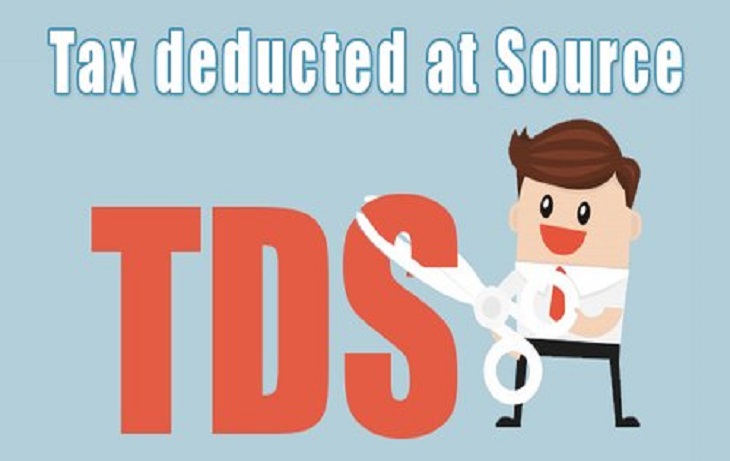Description
Understanding TDS (Tax Deducted at Source) – Definition, Benefits & Refund Process
Tax Deducted at Source (TDS) is an essential compliance mechanism under the Indian Income Tax Act. It ensures tax collection at the point of income generation, making it a crucial part of the Government’s revenue system.
✅ What is TDS?
TDS stands for Tax Deducted at Source. It is a method where the payer (individual or business) deducts a certain percentage of tax before making payment to the recipient, if the payment exceeds specified thresholds.
-
Deductor: The person who makes the payment and deducts tax.
-
Deductee: The person who receives the payment after tax deduction.
The deductor is legally responsible for:
-
Deducting TDS before making the payment.
-
Depositing the deducted amount with the Central Government within the due dates.
TDS applies to all modes of payments, including cash, cheque, or credit.
⭐ Key Advantages of TDS
TDS benefits both the Government and taxpayers. Here’s how:
1. Prevents Tax Evasion
TDS ensures timely tax collection and significantly reduces chances of tax evasion since tax is collected at the source of income.
2. Ensures Regular Revenue for the Government
It provides a steady inflow of revenue, helping the Government manage funds and plan expenditures efficiently.
3. Widens the Tax Base
TDS covers a wide range of payments such as salaries, interest, commission, rent, professional fees, etc., thus increasing the tax base.
4. Convenient for Taxpayers
Taxpayers don’t have to worry about a large lump-sum tax payment at the end of the financial year, as tax is deducted and paid in parts throughout the year.
5. Reduces Year-End Tax Burden
As TDS is deducted monthly or periodically, it spreads the tax liability, ensuring better financial planning for individuals and businesses.
🔄 TDS Refund Process
If the TDS deducted is higher than your actual tax liability, you are eligible to claim a TDS refund. Here’s how it works:
-
Employers deduct TDS from employee salaries based on projected annual income.
-
At the end of the financial year, when you file your Income Tax Return (ITR), any excess tax paid is calculated.
-
The Income Tax Department will process your return and refund the excess amount, usually within a few months.
Note: Always verify your TDS deductions through Form 26AS available on the Income Tax portal.
🏛️ Who Regulates TDS?
TDS is governed by the Income Tax Department under the Department of Revenue, Ministry of Finance. Its implementation and compliance are managed by:
-
The Indian Revenue Service (IRS)
-
The Central Board of Direct Taxes (CBDT)
The system allows the Government to collect tax efficiently without direct intervention, making it one of the most reliable tools for tax administration.
📌 Final Thoughts
Understanding TDS and complying with its provisions not only ensures a smooth tax filing process but also helps avoid penalties and interest. Whether you are an employer, freelancer, or business owner, staying updated with TDS rules can significantly simplify your financial obligations.
Need Help with TDS Compliance or Refund?
Contact our experts or explore our TDS Filing Services to ensure seamless compliance and timely refunds.






Reviews
There are no reviews yet.